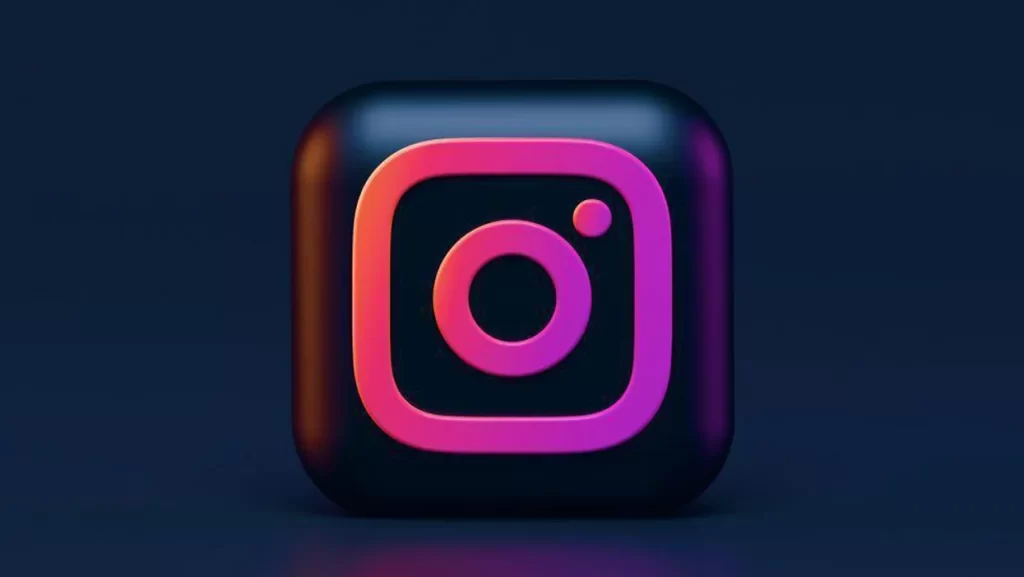
Instagram will do a full throttle on the video whether you like it or not, leaving the roots of photographs far behind. Going further, Mark Zuckerberg has just confirmed that the amount of content from an unknown account that you see on your feed will multiply next year. If you are bored with this non -stop video push and look for a paradise for sharing online photos that are not vulnerable, glass might be your answer.
Starting as the iOS application at the end of 2021, Glass called himself “a sustainable house for photographers.” But it’s far from Instagram or other platforms of its type. To start, you get a clean chronological pass with full screen photos and no other UI disorders. There are no advertisements. There is no algorithm for the content recommendation that is being played here, which means you will not see the content of an account that you don’t follow. In fact, glass will also save you from anxiety seeing the amount of like.
Instead, you get appreciation, but they are not seen directly beside the numbers. Plus, you will only be given a public profile if you want to manage it to display your photography pieces. For discoveries, there is a simple category. Speaking of photography meat, every photo uploaded on the glass shows Complete Exif data. That means details such as sensor make, aperture, speed shutter, ISO, exposure, and sifur can all be easily examined. Plus, this platform also offers P3 color gamut support. In short, it is almost perfect for creative people who like photography.
But there are many other ways that stand out glass. Unlike Instagram and its reluctance to create an iPad application, Glass gets a special application for iPados in February 2022, providing a bigger canvas to see photos in all their pixel solid glory. Yes, media consumption, especially for advertising materials is best experienced on larger screens, which is why web glass clients contain high resolution photos after showing low -resolution previews.
However, do not be mistaken for locked ecosystems. The founder of Glass told Techradar that this application was built for “photographers, amateur, and professional.” And unlike Instagram with the risk of social media addiction, one of the creators of the Stefan Borsje platform told the protocol that they “did not think you opened the glass application to be addicted and only doomsday for two hours.” Tom Watson, the founder of another application, previously worked on Facebook and Pinterest. But this is the biggest difference.
Glass is a paid subscription-based application, which costs $ 5 per month or $ 30 for the annual package, it requires an Apple ID to register, but it will soon change. The founders believe that the paid platform reduces toxic interactions that exist everywhere in free services where users have nothing to lose. Plus, this is a bootstrap project without pressure from VC supporters or investors that lead. Glass basically borrowed DNA sharing Instagram photos, but using it better, at a certain price.






